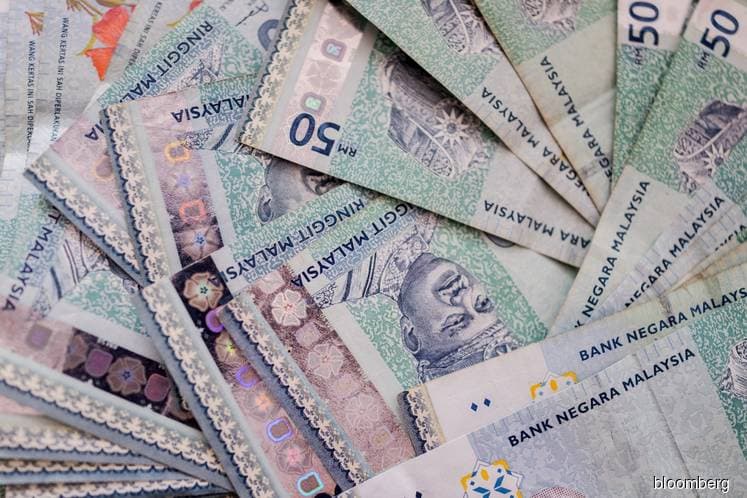
This article first appeared in The Edge Financial Daily on May 15, 2018
KUALA LUMPUR: The ringgit which saw a bout of weakness yesterday morning when it hit an intraday low of 3.9875 against the dollar, managed to stage a recovery later in the day.
The ringgit settled at 3.9505 yesterday, its lowest level since Jan 18 and 0.02% lower than its closing of 3.9497 last Tuesday — a day before polling day in the 14th general election in which Pakatan Harapan defeated Barisan Nasional in a stunning win.
Affin Hwang Capital chief economist Alan Tan said that the ringgit’s performance yesterday was just a short-term weakness, as the country’s fundamentals were still intact.
“There will be some short-term weakness in the ringgit’s performance. However, in the long run it will be supported by decent macro-fundamentals such as gross domestic product (GDP) growth, trade performance and the country’s reserves
“The focus on the ringgit in the months ahead would be on the new government’s policy towards fiscal reform, where we think the government will come out with a new programme to ensure that with the abolishment of the goods and services tax (GST) there would be other measures that will help to close the gap between the reintroduction of the sales and services tax and the GST,” he told The Edge Financial Daily.
Tan said that Affin Hwang is maintaining its year end dollar/ringgit forecast of 3.80.
“We think that the concerns about deterioration in fiscal deficit and the slowdown in GDP growth due to delay in certain infrastructure projects will be addressed by the new government within 100 days.
“Once things are put in place and everything has been properly executed, we think there is room for the ringgit to strengthen going forward,” he said.
MIDF Amanah Investment Bank chief economist Dr Kamaruddin Mohd Nor expects the ringgit to trade range bound against the dollar between 3.94 and 4.10 in the near term.
“Recent announcements by the government on matters related to pro-business measures helped to gain investors’ confidence.
“Other than that, Malaysia’s solid economic fundamentals and smooth transition [of its new government] have helped to sooth investors. Rising commodities prices and positive external demand also provide support for the ringgit,” he told The Edge Financial Daily.
ForexTime global head of currency strategy and market research Jameel Ahmad was also of the view that the relatively smooth transition of power for newly appointed Prime Minister Tun Dr Mahathir Mohamad was a likely catalyst behind the losses in the ringgit being smaller than expected.
“This reduced anxiety that Malaysia would come under a period of uncertainty and the likelihood that the election outcome uncertainties will continue to fade will present an opportunity for the ringgit to recover.
“Towards the end of the week, we would expect for the market to begin refocusing on the macro aspect of the Malaysian economy. The GDP reading scheduled for [this] Thursday will probably continue to highlight that the Malaysian economy is growing at a robust pace.
“Although there is a distinct possibility that headline growth will not be able to keep up with the overwhelming out-performance seen last year, a headline growth number somewhere around the 5% level will highlight to international investors that the domestic economy is still consistently performing far beyond the economic growth seen in the developed world,” he said in statement yesterday.
Over at the bond markets — which is a strong determinant of the ringgit’s performance due to substantial foreign ownership in government bonds — things were under control as well.
Aberdeen Islamic Asset Management investment manager Mohammad Hasif Murad said that there was no “bloodbath in the bond market” yesterday.
“We initially saw a selldown in the morning session. However there was a strong reception for the seven-year GII (Government Investment Issue) 08/25 auction which was oversubscribed almost 3.4 times, which is very high for a government tender.
“The hardest hit was the 10-year benchmark MGS (Malaysian Government Securities) but the rest of the curve, especially the long end was well supported. I think that is a function of the number of the pension funds, and local investors who see where there is value at the long end, they are picking up the bonds,” he told The Edge Financial Daily.